Liveaboard Diving in Mexico's Sea of Cortez
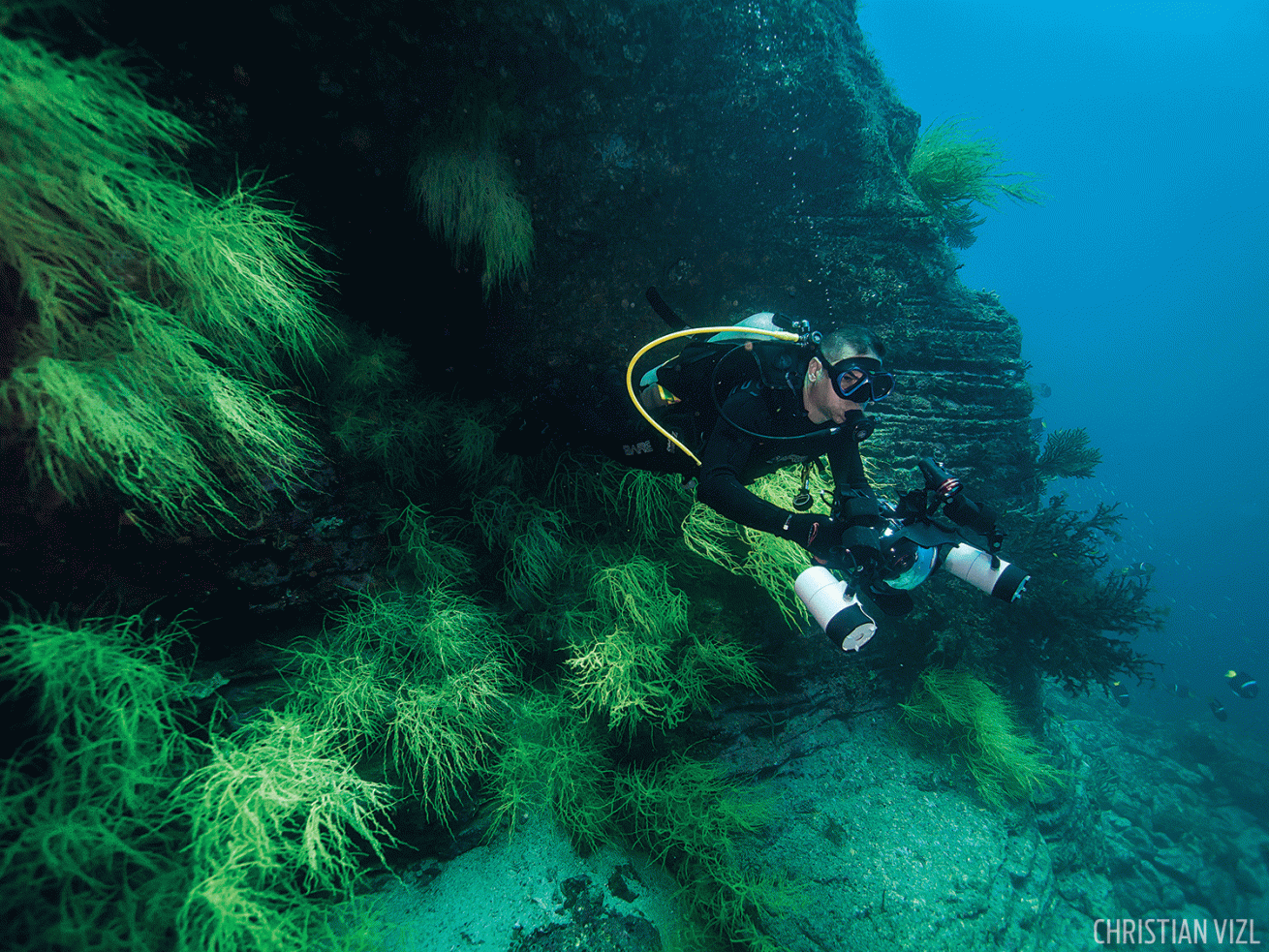
Christian VizlThe Aquarium of the World
Follow in Jacques Cousteau's wake through the Northern Sea of Cortez.
For divers, the words “Sea of Cortez” conjure images of Jacques Cousteau aboard Calypso, exploring the place he deemed “the aquarium of the world,” witnessing its abundance and biodiversity firsthand. Very few have had that opportunity, but fortunately for us, there are more options for diving here today than ever before.
The Gulf of California — also known as the Sea of Cortez — comprises approximately 62,000 square miles of water, separating the Baja California Peninsula from the Mexican mainland. It’s thought to be one of the most diverse seas on the planet, home to a rich and unique ecosystem that hosts many migratory species, such as the humpback whale, California gray whale, killer whale, manta ray, Humboldt squid and leatherback sea turtle, and the world’s largest animal, the blue whale.
It also has resident populations of fin and sperm whales, and supports more than 900 varieties of fish and more than 5,000 species of micro-invertebrates. Whale sharks, the world’s largest fish, are common as far north as Bahia de Los Angeles, about 400 miles south of San Diego, in Baja California Norte.
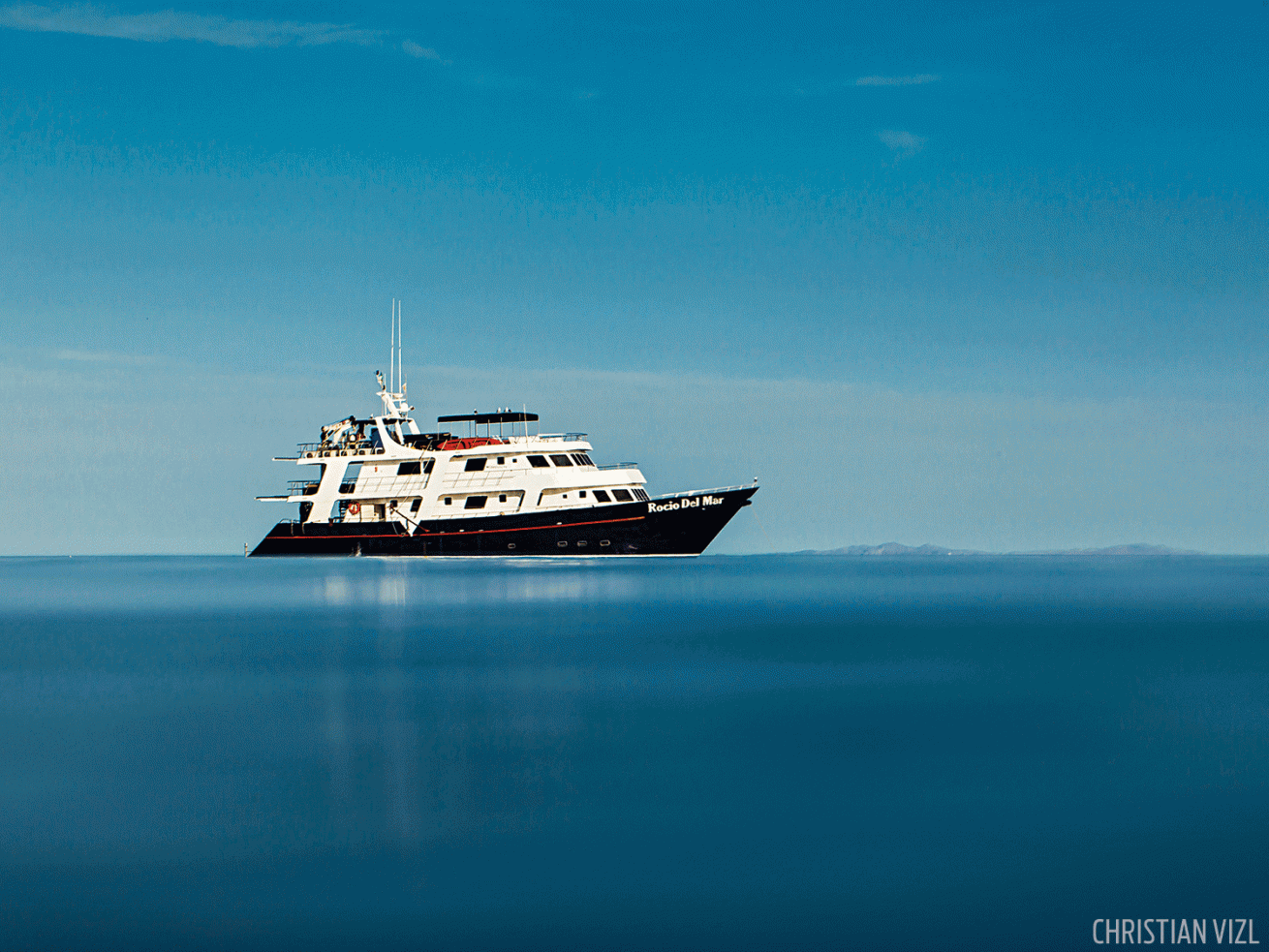
Christian VizlThe Rocio del Mar
This 110-foot vessel is equipped with everything you need for an intense week of diving.
Cruising the Midriffs
I set out to explore an area known as the Midriff Islands — a group of more than 50 islands, islets and pinnacles spread out over about 80 miles in the northern central gulf, between Baja and Sonora — aboard Rocio del Mar, a 110-foot vessel equipped to accommodate 20 divers with everything needed for an intense week of diving with experienced local guides who know the best spots.
Our first dive was at Isla Angel de la Guarda, at a site called Los Nidos, where we encountered an amazing sargassum forest as tall as 20 feet high, with blue-spotted jawfish and orange pipethroat blennies jumping all around — I had never seen so many at the same spot! While trying to capture them with my camera at just the moment when they widely displayed their beautiful fins (for mating purposes), I also encountered nudibranchs, scorpionfish, stingrays, mobulas, octopuses, triggerfish and leopard groupers.
I could have stayed happily in that same spot the entire trip. But there were many other places to visit and animals to encounter, so we moved in the afternoon to La Vela and La Muela dive sites, again full of macro life, and had our first of many encounters with the famed California sea lions.
As if this first immersion weren’t spectacular enough, the crew took us for a dinghy excursion to visit the sea lion colony of Isla Mejia, just north of Isla Angel de la Guarda, where we saw one of the most spectacular sunsets of my life, surrounded by dozens of sea lions playing near the shore.
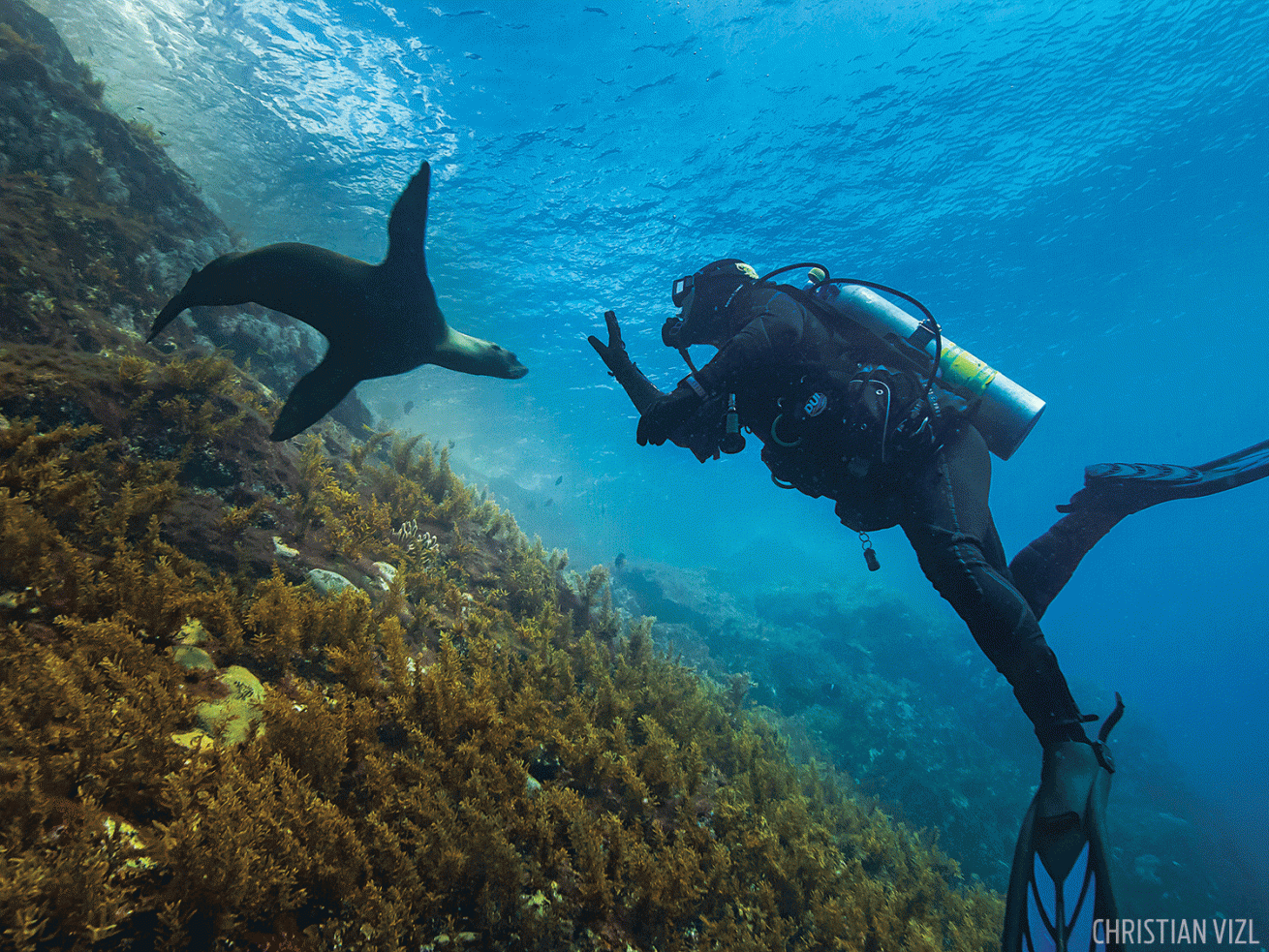
Christian VizlPlayful Pinnipeds
The Midriff Islands offer many amazing encounters with the famed California sea lions.
Life aboard Rocio del Mar is energizing and fun; we were guided by Danya Gunnell, an experienced instructor who leads dive trips all around the world. More than half of my dive buddies were from Denver, and most had enrolled in this trip for the whale shark encounters.
We had a dream-team crew: Rey, our friendly captain, along with Norberto, his engineer; Poncho and Joshua, preparing delicious meals ready every time we got out of the water; and Mayo, Pato and Gil, our divemasters, who led our explorations with the help of Beto and Julio steering the dinghies.
Life-Giving Currents
In the Midriffs there’s usually current, which is why there is so much life, due to the nutrients it brings. At Angel de la Guarda’s Punta Rocosa dive site, I had my first encounter with a black coral forest, which started on a cliff at about 60 feet. I descended to about 100 feet, surrounded by schools of grouper and angelfish, amazed by the pristine beauty that made me feel certain that very few people have visited this place — a feeling that’s hard to find these days. During our surface interval, a pod of pilot whales swam very close to the boat. A night in this area yielded my first flying fish — attracted by our lights, he stayed a long while.
About 60 miles south of Isla Angel de la Guarda, Isla San Pedro Martir hosts the second-largest sea lion colony in the Sea of Cortez. We had memorable interactions with the sea lions during our visit to this remote area, where we again enjoyed diving among a giant forest of black coral, encountering turtles, mobulas and schooling fish.
Later, while crossing to the “whale channel” between nearby Tiburon and San Lorenzo islands, we saw a fin whale and dolphins, some of which came close to the boat and played at the bow.
On the last day of our trip, we arrived early at Bahia de Los Angeles to swim with whale sharks, one of our most anticipated encounters. It was a beautiful, clear morning, with calm seas; we spotted whale sharks right away as we approached the end of the bay.
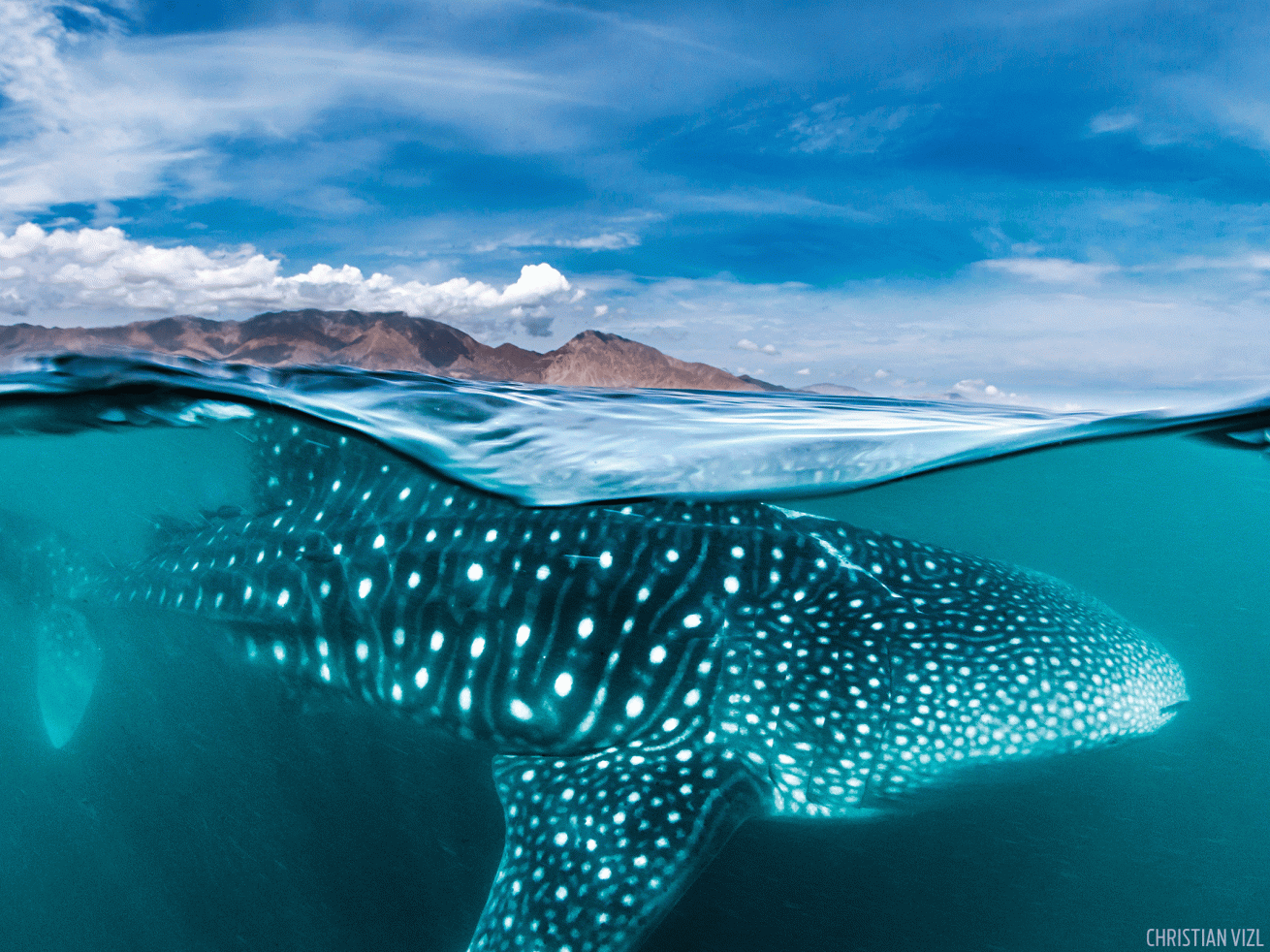
Christian VizlThe Biggest Fish In the Ocean
Most of the divers onboard had enrolled in the trip for the whale shark encounters.
With great excitement we entered the water and spent a lot of time with them — perhaps eight surrounded us, so all of our divers could enjoy their company for as long as we wanted. I went in and out of the water many times, as did my fellow diver Jack Lopez, 73. He couldn’t resist one more jump, saying it could be the last time in his life he had a chance to see them.
But all of us found it an incredible and memorable experience. Oregon diver Cathy Jo Clearman, 40, pretty much described everyone’s feelings: “Dreams do come true.”
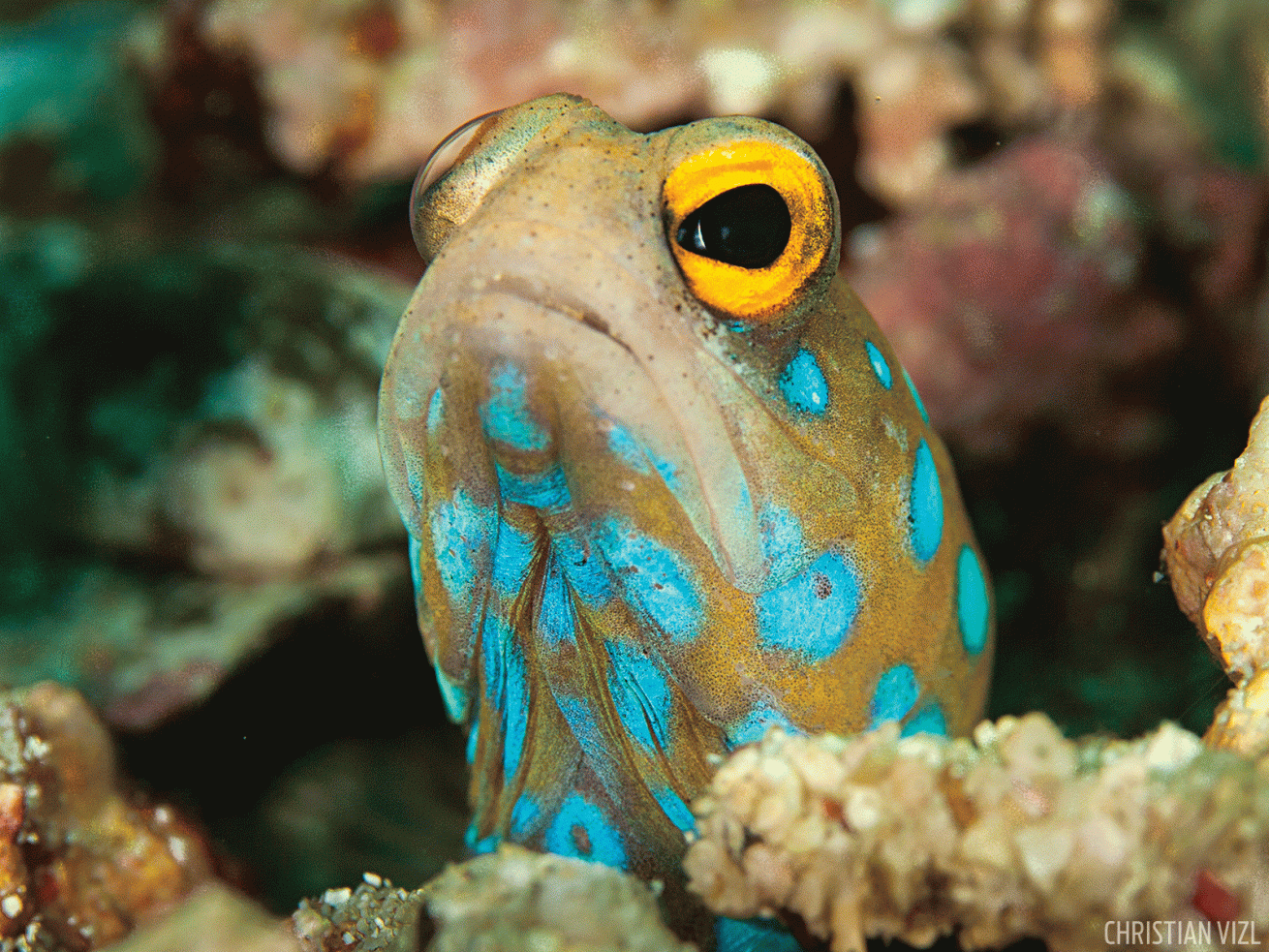
Christian VizlSo Much to Sea
The Sea of Cortez is full of marine life to discovery, like this bluespotted jawfish.
Why You Should Dive The Midriff Islands
Solitude: The Midriffs are a remote area in the northern Sea of Cortez, between the mainland and the Mexican state known as Baja California; Rocio del Mar is one of the best ways to get there. Say goodbye to your phone signal and enjoy the feeling of being one of few divers to visit this area.
Starry, Starry Nights: A great dinner under the stars in a calm anchorage after playing with sea lions is priceless.
Great Guides: Local guides know the area very well; they take you to the best spots and personally show you where all the interesting stuff is.
Exclusivity: Trips to this area are done only from July through mid-September, reinforcing what a unique experience it is.
Nitrox: Nitrox is available, making it a more fun and safe diving experience.
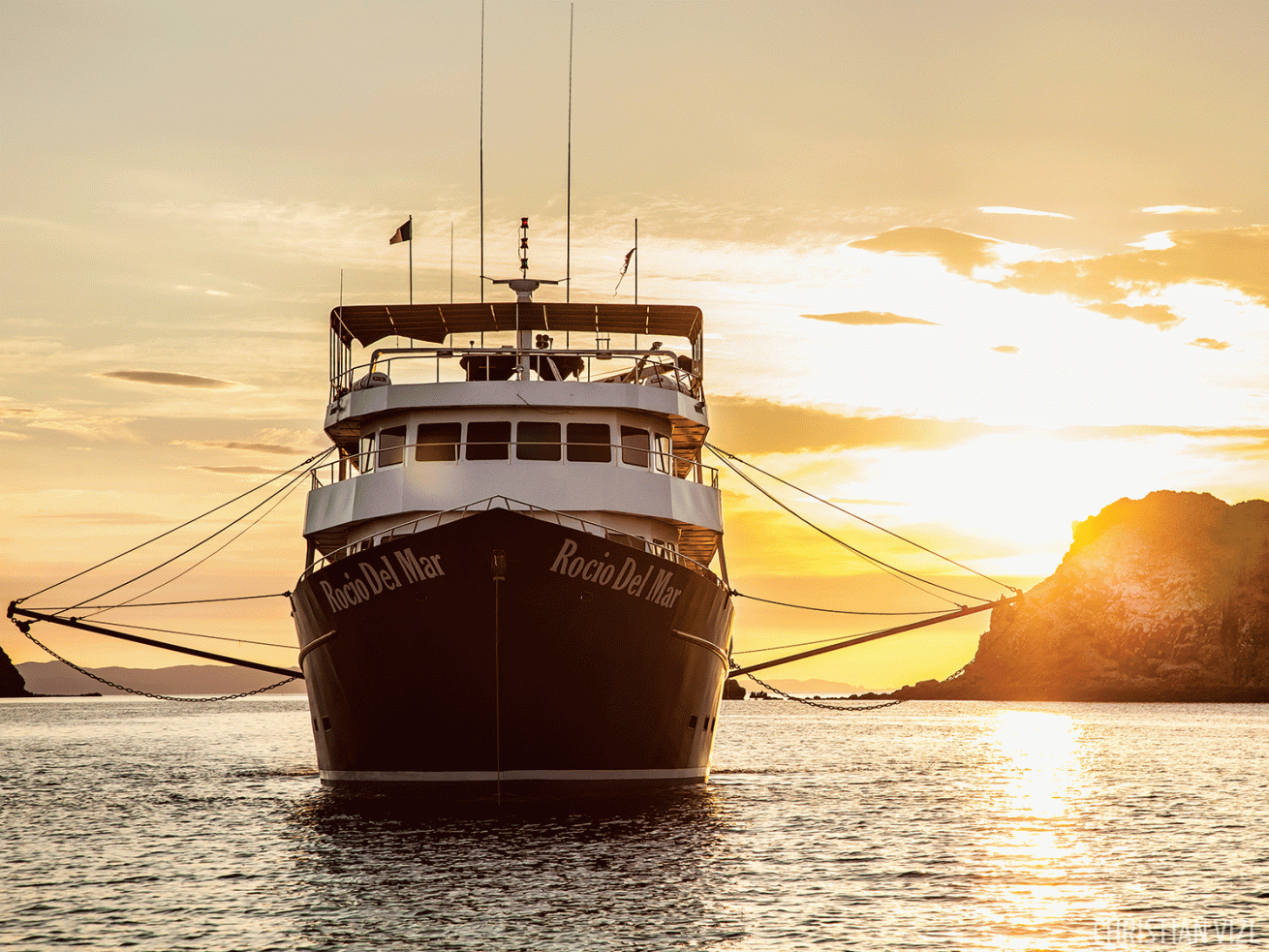
Christian VizlDreams Do Come True
With 5,000 species of micro-invertebrates,playful sea lions, and face-to-face encounters with whale sharks, The Midriff Islands have it all.
Need To Know
When To Go: Trips to the Midriffs begin in July, and the last trip is Sept. 17. Availability is limited; few spots remain for some sailings.
Dive Conditions: Although conditions in the Sea of Cortez are mostly calm, there are times when the sea is rough. There is usually current, but it’s mostly mild. Water temperature varies from 72 to 82 degrees, so be prepared with at least a 5 mm wetsuit. Visibility is usually very good, but in a few dive spots it can be limited.
Operator: Rocio del Mar is 110 feet in length, with a 25-foot beam; it accommodates 20 divers. All cabins have air conditioning, a private bathroom and shower. There is plenty of space to relax, including a salon, a covered sitting area and a covered sun deck.
Price Tag: Prices start at $2,495 per person, double occupancy, and do not include nitrox, marine park or hyperbaric chamber fees.










